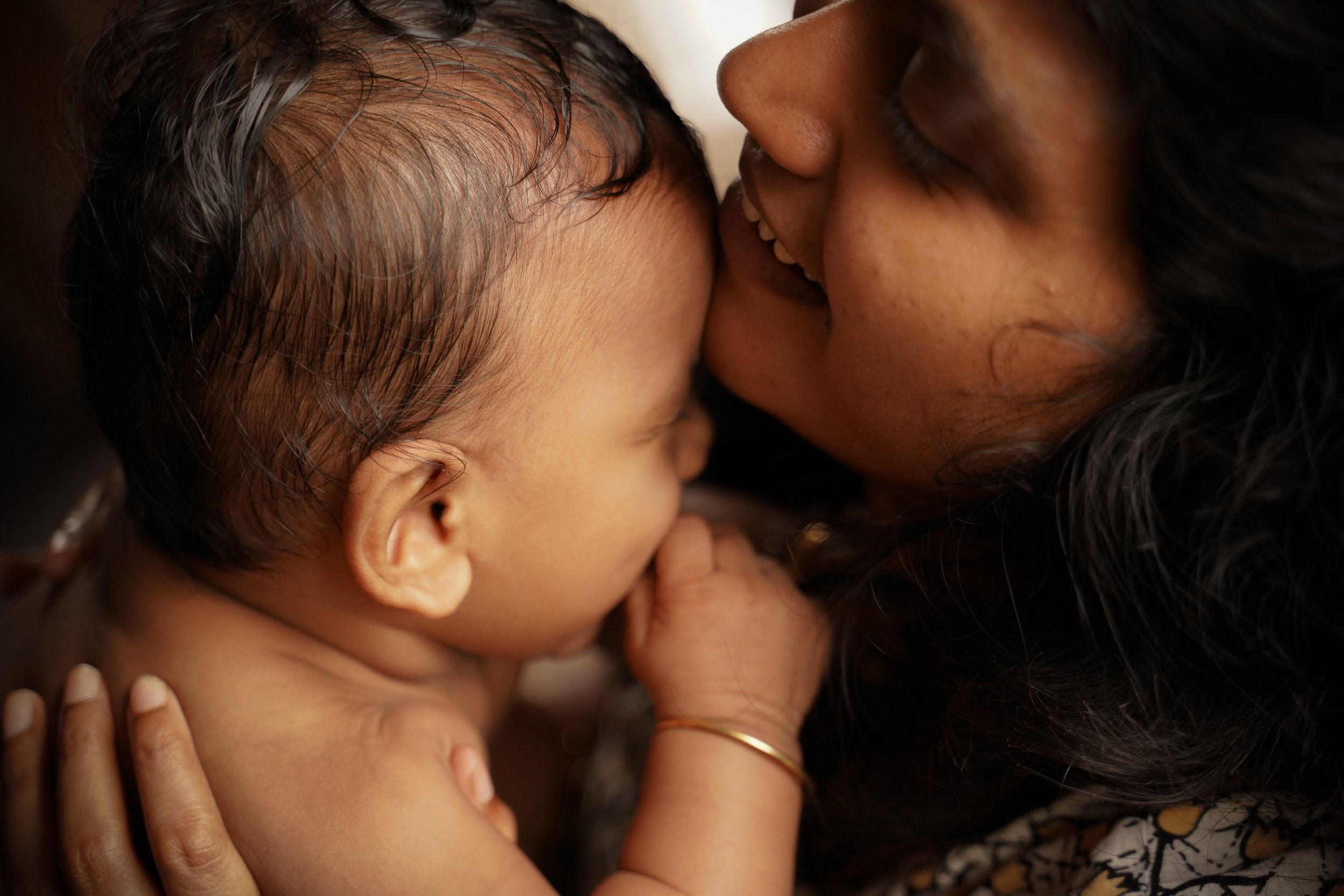I sat down this morning to look through a spreadsheet my sister made a few years ago called “Holidaze,” a little tongue-in-cheek nod to the frenzied stupor that the holiday season has the power to evoke in all of us if we don’t carefully acknowledge our limited resources. This spreadsheet is the way we (my sister, mom and I) plan and coordinate my holiday visit back home. We’ve added a new tab each year. There’s a calendar with essential dates and plans filled in, a section where we each write our priorities for the holiday season, and a spot to write out things to do. I also added a tab where I’ve listed my favorite holiday traditions–in Oregon, in Arizona, and anywhere traditions (like crafting, baking cookies, or making tamales). This year I added an image of two mice curled up in an armchair reading a book next to a twinkling tree to remind myself of the general vibe I’m aiming for this season: cozy, relaxed, connected.
Source unknown
Sitting down to consider my own priorities and discussing the priorities of those I love is incredibly helpful in structuring and executing a mutually satisfying season. In the past I’ve avoided planning–thinking it would be easier to wait and see or figure it out last minute. This almost never works–especially when trying to consider the schedules, needs, and wants of multiple people.
Maybe spreadsheets aren’t for you, maybe your holiday season won’t involve travel or too much coordination–regardless, sitting down with a mug of something cozy and taking a bit of time to consider your own needs and wants while also considering those of your loved ones will make for a more aligned and intentional season. Speaking about a simple holiday season, Kim John Payne, author of Simplicity Parenting, reminds us, “It could be easy on the wallet and easy on the nerves. It's possible, it really is.”
Photo by S&B Vonlanthen on Unsplash
You’ll see my process listed out below but I’d love to hear what’s worked for you and your family.
Step 1: Clarify your values (I like using a personal values card sort)
Step 2: List out everything you’re interested in doing/everything that feels important to you this season
Step 3: Check in with yourself–your needs and your capacity (Mara Glatzel’s work is always my go-to for this)
In a broad sense, what has your energy/motivation been like recently (over the past few months) and more specifically, what is your energy/motivation like today or this week?
Step 4: Ruthlessly edit your list of possibilities while coordinating with your calendar and making space for those most important events or traditions
Step 5: Take it day by day, week by week
Step 6: Regularly make time to reflect and reevaluate (writing notes might help you remember what you’ve learned about yourself and your family for next year)
Let me know how it goes!
“The harder you struggle to fit everything in, the more of your time you’ll find yourself spending on the least meaningful things… The reason for this effect is straightforward: the more firmly you believe it ought to be possible to find time for everything, the less pressure you’ll feel to ask whether any given activity is the best use for a portion of your time. Whenever you encounter some potential new item for your to-do list or your social calendar, you’ll be strongly biased in favor of accepting it, because you’ll assume you needn’t sacrifice any other tasks or opportunities in order to make space for it … If you never stop to ask yourself if the sacrifice is worth it, your days will automatically begin to fill not just with more things, but with more trivial or tedious things, because they’ve never had to clear the hurdle of being judged more important than something else. ”
Resources:
The Holiday Season: Putting the Genie Back in the Bottle by Kim John Payne
A Jolly Toddler Holiday – 3 Ways To Enrich The Experience by Janet Lansbury
Needy (podcast and book) by Mara Glatzel
No Moving Target December by Hands Free Mama
Reclaim the Holidays for You Dr. Becky Kennedy with guest Priya Parker
Santa on the Brain by Kelly Lambert
Supporting Tots to Teens During Holiday Stress and Excitement Dr. Aliza Pressman with guest Claire Lerner, LMSW
Unplug the Christmas Machine: A Complete Guide to Putting Love and Joy Back into the Season by Jo Robinson and Jean Staeheli













